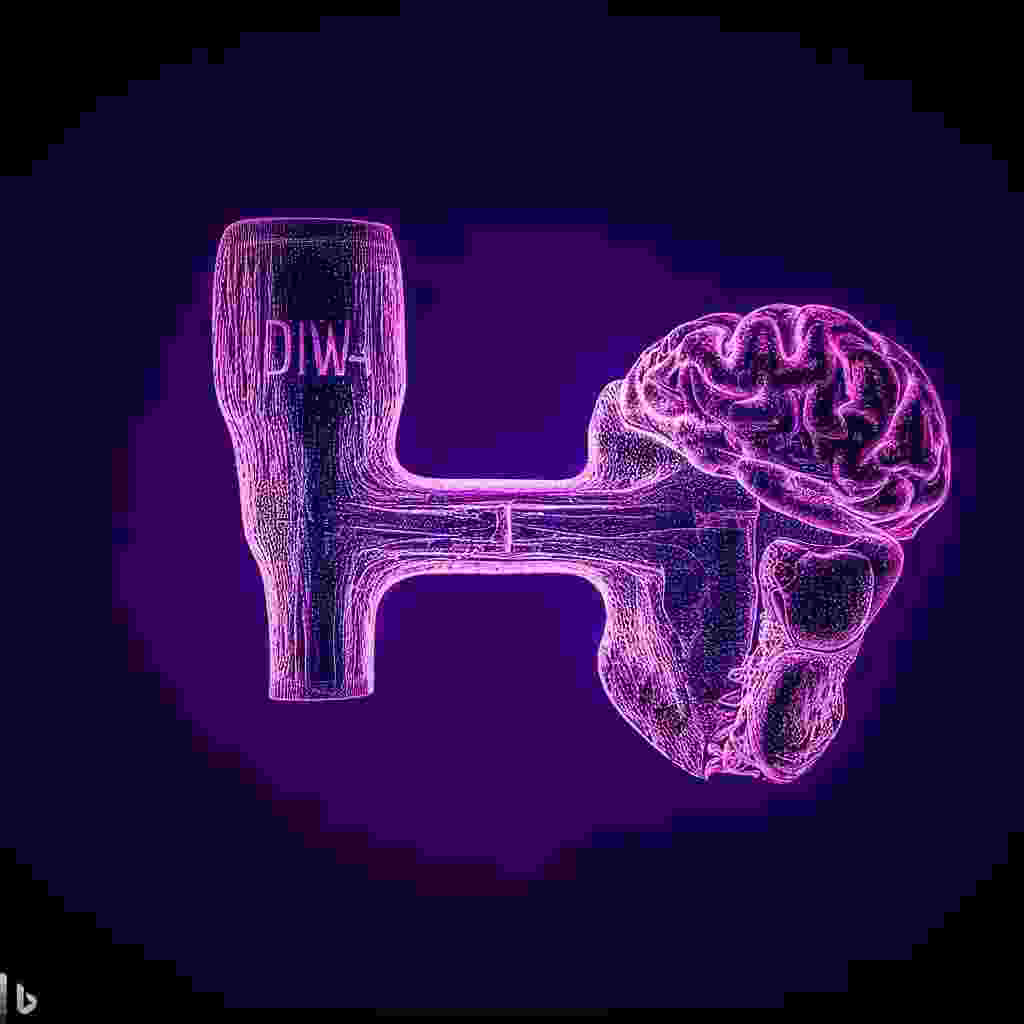Quick Overview
The malleus is the first bone of the ossicles, which are the three small bones that transmit sound from the eardrum to the inner ear. Its shape is like a hammer, and is located in the middle ear. It is attached to the eardrum and to the incus, the second bone of the ossicles.
It name is because of its shaped i,e the “hammer,” with a long handle and a small head. The handle is attached to the eardrum, and the head articulates with the incus.
As part of the auditory ossicles, this bone plays a pivotal role in sound transmission and amplification, ensuring our ability to perceive the world of sound around us.

Table of Contents
I. Anatomy of the Malleus
A. External Features
This bone possesses a hammer-like appearance, which lends its name. It consists of several key external features, including a long handle and a rounded head.
B. Internal Features
1. Handle (Manubrium): The long and slender handle of this bone attached to the eardrum, connecting it to the incus, another auditory ossicle.
2. Head (Caput): The head part is articulates with the incus, forming a crucial connection within the auditory ossicular chain.
3. Neck (Collum): The neck serves as the slender region between the handle and the head.
4. Processes: This exhibits several processes, including the lateral process, anterior process, and lateral crus.
| Feature | Description |
| Handle (Manubrium) | Long and slender, attached to the eardrum |
| Head (Caput) | Rounded part articulating with the incus |
| Neck (Collum) | Slender region connecting handle and head |
| Processes | Various processes, including lateral and anterior |
II. Functions
- Sound Transmission
It help in the transmission of sound vibrations from the eardrum to the incus and subsequently to the stapes.
- Amplification of Sound
Through its mechanical action, it amplifies the sound signals, ensuring effective sound perception in the inner ear.
- Middle Ear Stability
The presence and proper functioning of this bone contribute to the stability of the middle ear and its intricate mechanics.
III. Developmental and Evolutionary Aspects
A. During Fetal Development
It develop through the ossification centers during fetal growth, gradually taking on its mature structure.
B. Evolutionary Significance
Throughout human evolution, the development of the auditory ossicles, including this bone, has supported enhanced sound perception and adaptation to auditory environments.
IV. Common Conditions and Disorders
A. Otitis Media
Otitis media, is an inflammation of the middle ear, can impact the functioning of this bone and other auditory ossicles, leading to hearing difficulties.
B. Fractures
Fractures, can rarely occur due to trauma, necessitating medical evaluation and potential surgical intervention.
V. Diagnostic Techniques and Imaging
- Otoscopy
Otoscopy is a clinical procedure used to examine the structures of the ear, particularly the external auditory canal, tympanic membrane, and middle ear.
- Audiometry
Audiometry is a test of hearing. It is performed by an audiologist, a healthcare professional who specializes in hearing and balance.
VI. Surgical Procedures
A. Tympanoplasty
Tympanoplasty is a surgical procedure performed to repair the eardrum. The eardrum, also called the tympanic membrane, is a thin layer of tissue that separates the outer ear from the middle ear.
B. Bone Reconstruction
In some cases, reconstruction may be necessary to restore proper middle ear mechanics.
VII. Facts
- Hammer-Like Appearance
It has unique hammer-like appearance which is responsible for its common name.
- Largest among the three ossicles
It is the largest of the three ossicles in the middle ear.
Questions
1. What is the malleus?
It is also known as the “hammer,” is one of the three tiny bones (auditory ossicles) located in the middle ear, responsible for sound transmission.
2. What are the main components of this bone?
It consists of a long handle (manubrium), a rounded head (caput), a slender neck (collum), and various processes contributing to its unique hammer-like shape.
3. What is the function of this bone in the middle ear?
It play a vital role in transmitting and amplifying sound vibrations from the eardrum to the inner ear, ensuring effective hearing.
4. Can this be affected by fractures?
Yes, fractures can occur due to trauma, which may impact sound transmission and require medical evaluation.
